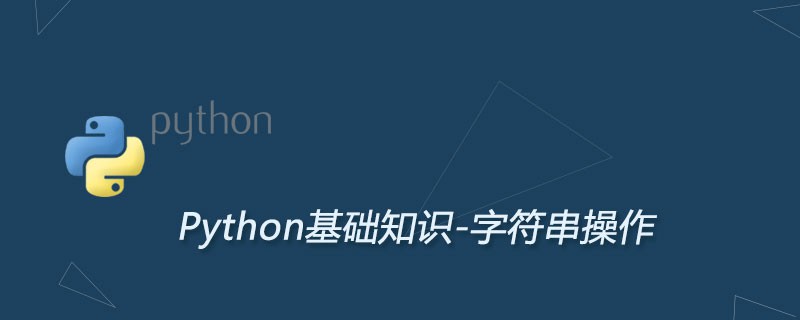Python字符串操查找替换分割和连接方的法及使用

str提供了如下常用的执行查找、替换等操作的方法:
startswith():判断字符串是否以指定子串开头。
endswith():判断字符串是否以指定子串结尾。
find():查找指定子串在字符串中出现的位置,如果没有找到指定子串,则返回 -1。
index():查找指定子串在字符串中出现的位置,如果没有找到指定子串,则引发 ValueError 错误。
replace():使用指定子串替换字符串中的目标子串。
translate():使用指定的翻译映射表对字符串执行替换。
如下代码示范了上面方法的用法:
s = 'crazyit.org is a good site'
# 判断s是否以crazyit开头
print(s.startswith('crazyit'))
# 判断s是否以site结尾
print(s.endswith('site'))
# 查找s中'org'的出现位置
print(s.find('org')) # 8
# 查找s中'org'的出现位置
print(s.index('org')) # 8
# 从索引为9处开始查找'org'的出现位置
#print(s.find('org', 9)) # -1
# 从索引为9处开始查找'org'的出现位置
print(s.index('org', 9)) # 引发错误
# 将字符串中所有it替换成xxxx
print(s.replace('it', 'xxxx'))
# 将字符串中1个it替换成xxxx
print(s.replace('it', 'xxxx', 1))
# 定义替换表:97(a)->945(α),98(b)->945(β),116(t)->964(τ),
table = {97: 945, 98: 946, 116: 964}
print(s.translate(table)) # crαzyiτ.org is α good siτe
Python字符串分割、连接方法
Python 还为 str 提供了分割和连接方法:
split():将字符串按指定分割符分割成多个短语。
join():将多个短语连接成字符串。
下面代码示范了上面两个方法的用法:
s = 'crazyit.org is a good site'
# 使用空白对字符串进行分割
print(s.split()) # 输出 ['crazyit.org', 'is', 'a', 'good', 'site']
# 使用空白对字符串进行分割,最多只分割前2个单词
print(s.split(None, 2)) # 输出 ['crazyit.org', 'is', 'a good site']
# 使用点进行分割
print(s.split('.')) # 输出 ['crazyit', 'org is a good site']
mylist = s.split()
# 使用'/'为分割符,将mylist连接成字符串
print('/'.join(mylist)) # 输出 crazyit.org/is/a/good/site
# 使用','为分割符,将mylist连接成字符串
print(','.join(mylist)) # 输出 crazyit.org,is,a,good,site
来源:PY学习网:原文地址:https://www.py.cn/article.html

